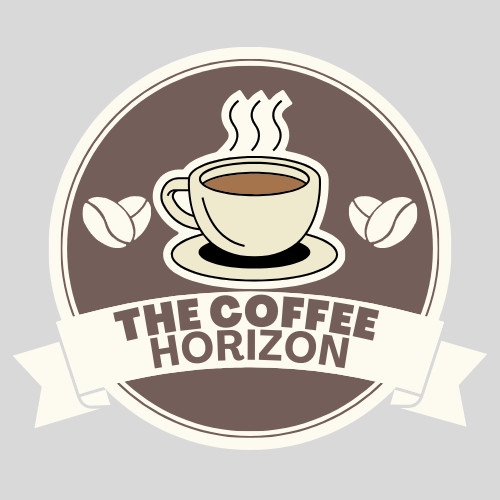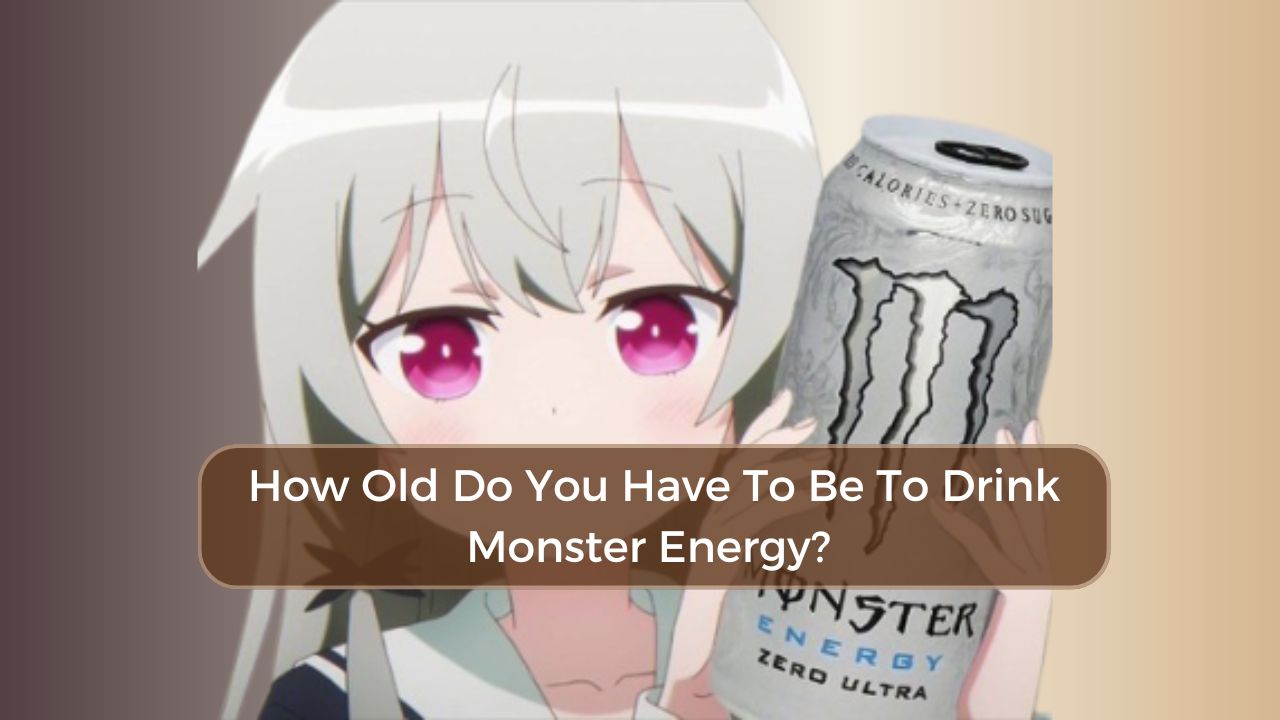How Old Do You Have To Be To Drink Monster Energy?
Did you know that nearly 30% of teens consume energy drinks like Monster Energy regularly? With its eye-catching branding and bold flavors, it’s no surprise that young people are drawn to this popular beverage. Many may wonder: How old do you have to be to drink Monster Energy?
This article will delve into the age restrictions surrounding energy drink consumption, explore health implications for different age groups, and offer insights on responsible usage. You will have a clearer understanding by the end of the guidelines and the potential risks involved.
How Old Do You Have To Be To Drink Monster Energy?
The absence of a federal regulation banning the sale of energy drinks to minors creates a fascinating paradox in consumer protection. Monster prominently displays an 18+ label, but states and even individual stores enforce age restrictions differently.
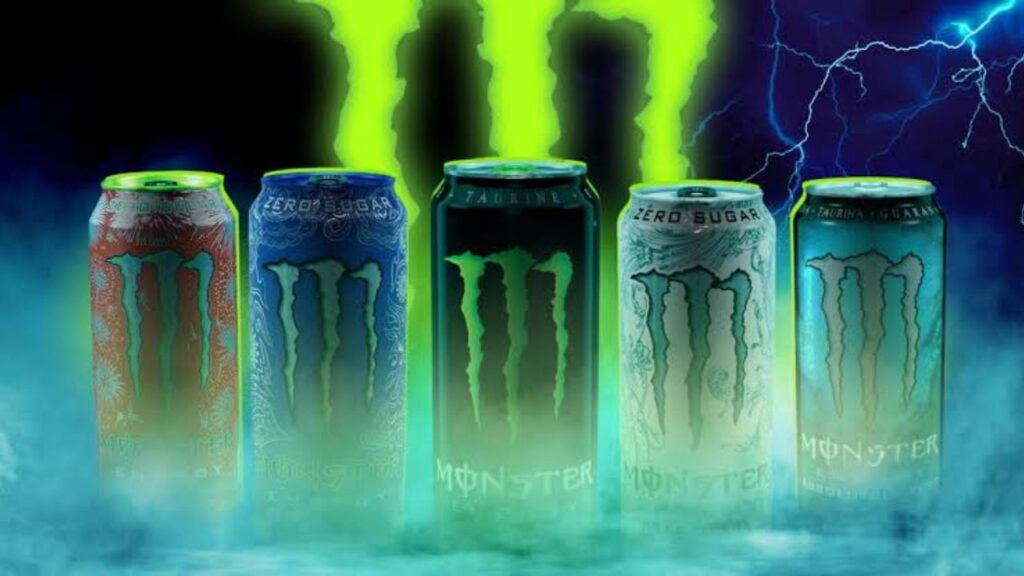
This inconsistency raises important questions about the responsibility of retailers and the potential health implications for young consumers who may be drawn to these high-caffeine beverages.
Many parents may not realize that their teenagers can easily purchase energy drinks without scrutiny, despite the health risks associated with excessive caffeine consumption, such as increased heart rate and anxiety.
Top 8 Reasons Monster Energy Drinks Are 18+
Here are the reasons why this drink is intended for adults. It contains high levels of caffeine, which may not be suitable for younger individuals. Some ingredients are formulated to meet the energy needs of adults rather than children or teens.
A 16 oz Can Of Monster Contains 160 mg Of Caffeine
When we think of energy drinks, we conjure images of jittery afternoons and the desperate need for a caffeine fix. It is intriguing to realize that a 16 oz. can of Monster contains about the same amount of caffeine as a Grande latte from Starbucks, roughly 150 mg.

This revelation challenges the stereotype that energy drinks are inherently more potent or harmful than your favorite café concoction. The context in which we consume these drinks also plays a crucial role in their effects on our bodies.
Even 160 mg Is Still Over The Recommended Daily Amount For Teens
Starbucks offers various coffee beverages, each with a similar level of caffeine, but when energy drinks like Monster are considered, the difference becomes stark. These drinks exceed the 100 mg caffeine limit recommended by the American Academy of Child & Adolescent Psychiatry for minors aged 12 to 18.
The implications of this difference extend beyond mere numbers; they raise crucial questions about health and safety in a culture increasingly saturated with caffeinated options. The allure of energy drinks lies in their marketing appeal, targeting younger audiences with vibrant packaging and bold flavors.
It’s Not Just the Caffeine
The focus on sugar content in energy drinks like Monster overshadows a broader conversation about public health and consumer awareness. With 51 grams of sugar packed into a 16 oz. can, Monster exceeds the recommended daily intake for adults, raising valid concerns about its long-term effects on health.
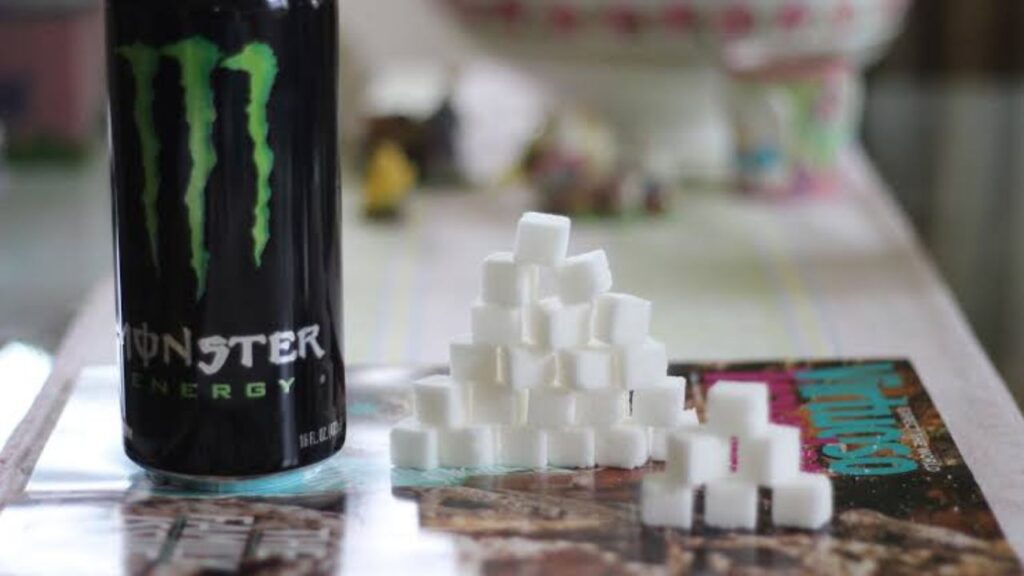
The scrutiny faced by energy drinks seems disproportionate when compared to coffeehouse giants like Starbucks, where Grande beverages can easily tip the scales at over 60 grams of sugar. They target younger consumers who may not fully grasp the implications of such high sugar intake.
Cut the Bull; Taurine Is Synthetic Now
The controversy surrounding energy drinks and taurine has left a lasting stain on their image, despite significant advancements in production methods. The initial shock of taurine’s connection to bull semen sparked widespread panic, but it overshadowed the fact that taurine is now synthesized, eliminating those fears.
This transition to synthetic taurine not only alleviates concerns about animal welfare but also opens up new avenues for transparency in ingredient sourcing. The lingering stigma serves as a cautionary tale about how misinformation can shape public perception, overshadowing the scientific realities.
As of 2022, There Is No Federal Law Regulating the Sale of Energy Drinks to Minors
In recent years, the debate surrounding energy drinks has intensified, particularly concerning their sale to younger consumers. Some states and stores require identification from anyone under 25, but this practice is largely voluntary and not mandated.
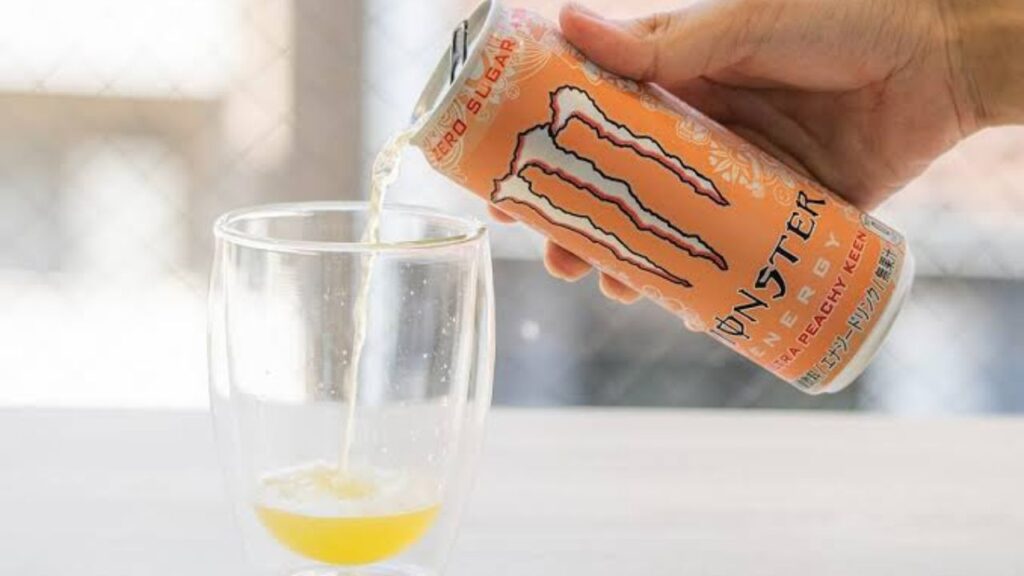
This creates a fascinating gray area: while the intention is to protect younger individuals from potential health risks associated with excessive caffeine consumption, there are no formal regulations currently in place that outright ban these beverages.
There Are 8 Types of Monster Energy Drinks
The classic Monster Energy drink is undoubtedly a fan favorite, but the brand’s innovative approach to beverages goes far beyond that. The Java line of coffee energy drinks seamlessly blends robust coffee flavors with the energizing kick that Monster is known for, catering to those who crave a caffeine boost without sacrificing taste.
Then there is Juice Monster, which offers a vibrant twist by infusing natural fruit juices into the energy mix. These drinks are not only refreshing but also provide a more wholesome alternative for health-conscious consumers looking to satisfy their cravings without the guilt.
Monster Is Set to Release The Beast Unleashed in Summer 2023
The upcoming launch of Monster’s first alcoholic malt drink has ignited a flurry of speculation, particularly regarding the FDA’s stance on caffeinated alcohol. Given the agency’s past intervention nearly a decade ago to curb the production of caffeinated alcoholic beverages, citing safety concerns about mixing alcohol with high levels of caffeine, the road ahead for Monster could be fraught with regulatory challenges.
There is concern about Monster’s compliance with federal regulations considering its use of artificial caffeine, unlike other brands that use naturally caffeinated ingredients like coffee.
Children Aren’t the Only Ones Who Are Warned Not to Drink Monster
The warning label on Monster energy drinks serves as a crucial reminder of the potential health risks associated with high caffeine consumption. There is a growing concern among various demographics, especially seniors and those with heart conditions, despite these warnings.
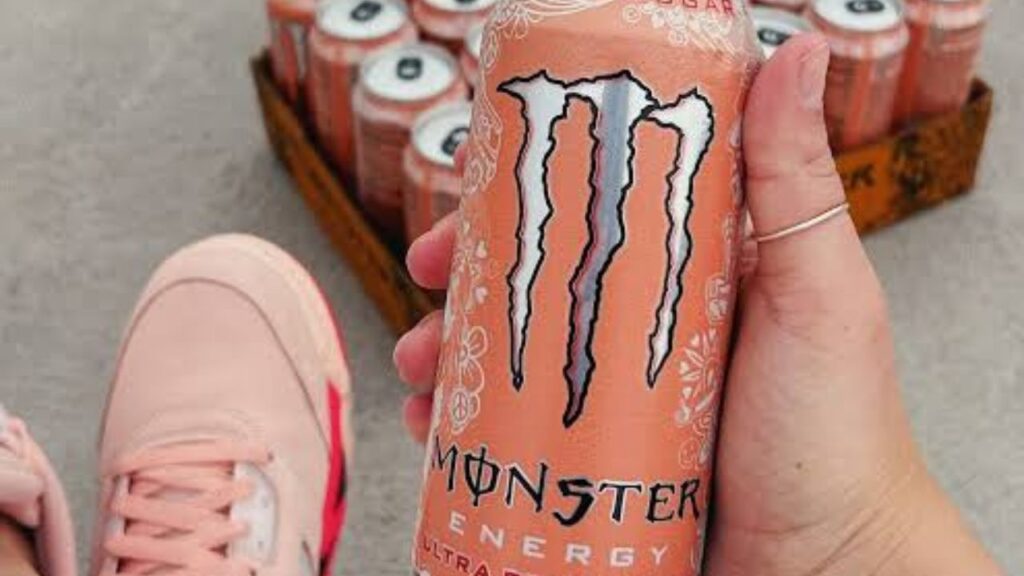
As caffeine sensitivity can intensify with age, many older adults might not realize that their bodies are less equipped to handle the stimulant’s effects. This oversight can lead to increased heart rates, anxiety, and other health complications that could easily be avoided.
Monster Drink VS Powerade Drink
Monster Energy and Powerade cater to different needs, making them distinct yet popular choices. Monster Energy is a high-caffeine energy drink designed for a quick boost, favored by gamers, athletes, and those needing extra stamina.
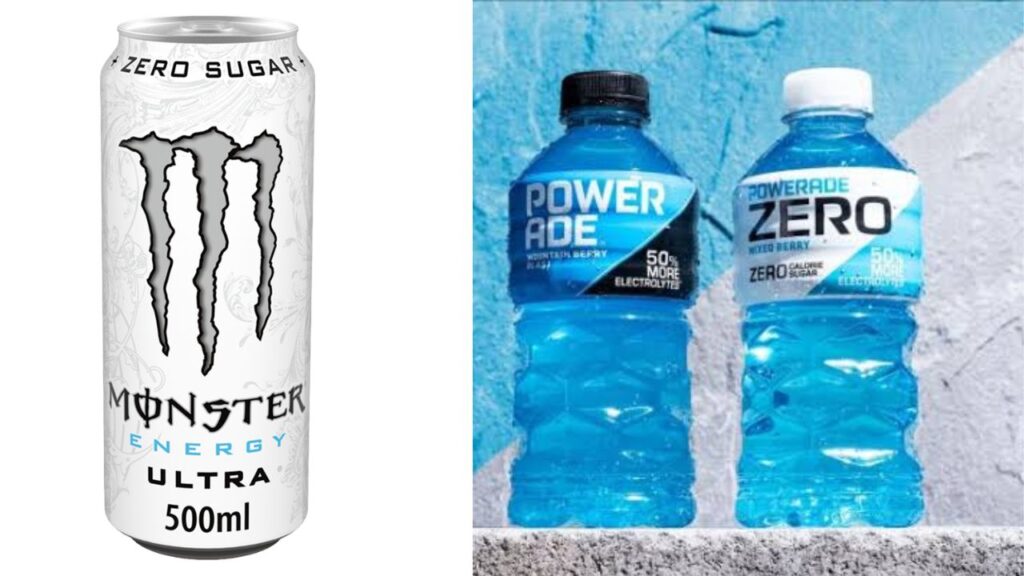
Powerade is a sports drink that replenishes electrolytes and hydrates the body, making it ideal for athletes during or after intense physical activity. Monster focuses on energy and endurance while Powerade emphasizes hydration and recovery, leaving the choice up to personal lifestyle and preferences.
Conclusion
The question of how old you have to be to drink Monster Energy extends beyond mere legality, it delves into the broader conversation about health, responsibility, and societal norms. Many regions allow consumption as early as 18 or even younger, but high levels of caffeine and sugar on developing bodies must be considered.
Research suggests that adolescents may be more susceptible to the negative effects of caffeine, such as anxiety and sleep disturbances, making it crucial for parents and guardians to engage in open discussions about energy drink consumption.
FAQs
How Old Do You Have To Be To Drink A Monster Energy?
The Monster Energy age limit is not officially set, but some countries recommend being at least 16 or 18 to consume it. In places with no specific monster energy drink age limit, it is advised for teenagers and adults only. Always check local guidelines for safe consumption.
What Are Tea vs Coffee Stats?
Tea vs coffee stats show that tea is consumed more globally, with over 3 billion cups daily, while coffee follows with around 2 billion cups consumed per day. Tea is favored in regions like Asia and the UK, while coffee is more popular in the Americas and Europe.
How Old Do You Have To Be To Drink Monster Energy Drinks?
The age to drink Monster Energy drinks varies by location, with some places recommending 16 or older and others setting a minimum age of 18. The high caffeine content makes it unsuitable for children while there is no universal rule.
